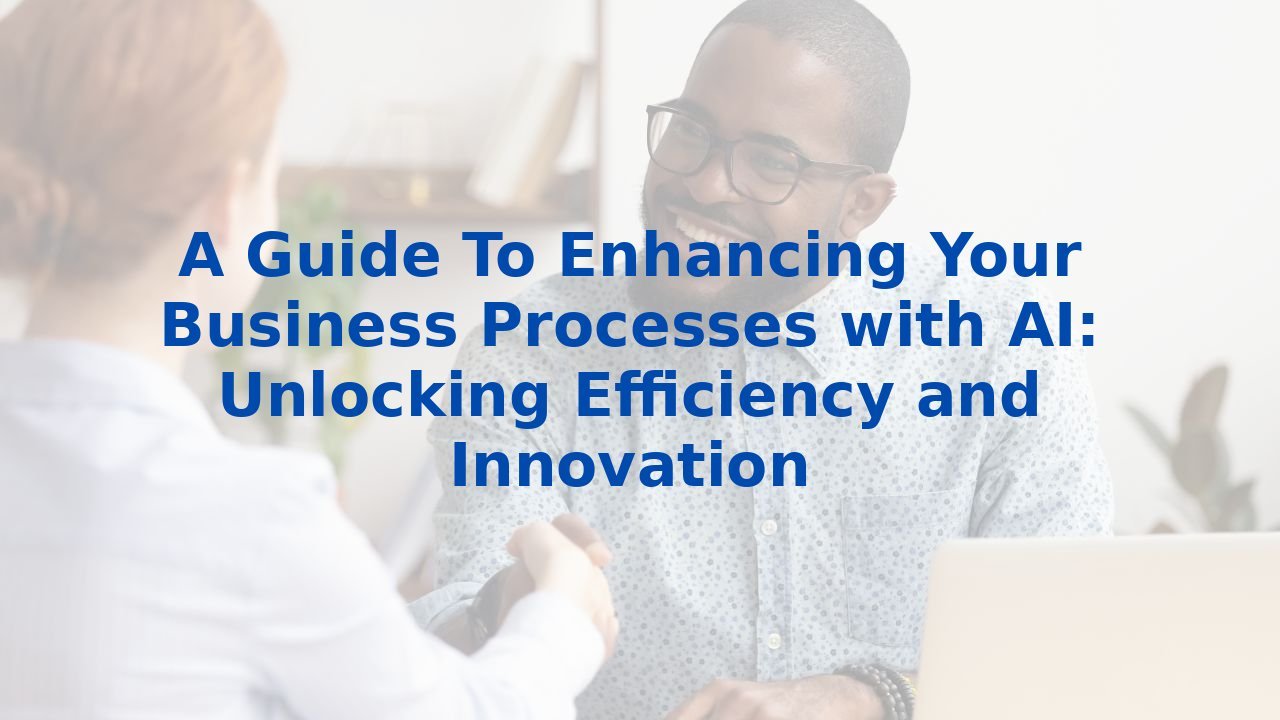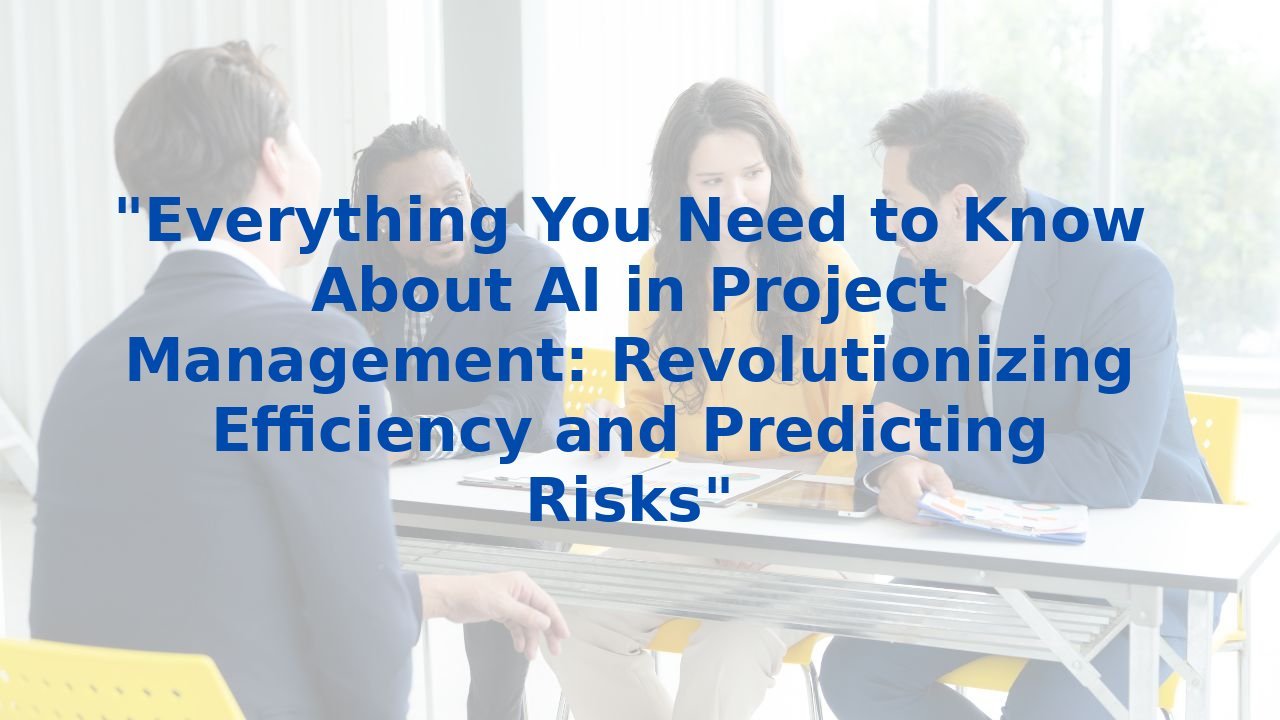A Guide To Enhancing Your Business Processes with AI: Unlocking Efficiency and Innovation
A Guide To Enhancing Your Business Processes with AI: Unlocking Efficiency and Innovation
In a world where speed and adaptability define success, organizations face the continuous challenge of enhancing their operational efficiency. Embracing Artificial Intelligence (AI) is becoming a transformative approach to streamline business processes and foster innovation. This guide aims to elucidate how AI enhances various business processes and the vital role of employee training in harnessing its potential.
Understanding Business Process Management
At its core, Business Process Management (BPM) involves the meticulous orchestration of processes to boost productivity and effectiveness. Traditional BPM methods often rely on manual data analysis and employee interviews for process discovery and improvement. However, these methods may overlook latent inefficiencies, leading to missed opportunities for optimization.
How AI Enhances Business Processes
AI acts as a catalyst for innovation, automating and optimizing several facets of BPM. Here are the primary ways AI transforms business processes:
1. Process Discovery
AI utilizes advanced technologies such as process mining and natural language processing to unveil existing workflows within an organization. This discovery phase is crucial, as it illuminates inefficiencies or bottlenecks that might otherwise go unnoticed.
2. Process Mapping
Through real-time data analysis, AI enriches process mapping, producing accurate and up-to-date documentation. This ensures more reliable workflows, minimizing the risk of outdated or inaccurate information wreaking havoc on operations.
3. Process Automation
AI systems can undertake tasks traditionally executed by humans—data entry, document processing, and routine administration—resulting in significant time savings and a decrease in errors. This leaves employees free to focus on strategic endeavors that require human insight and creativity.
4. Process Management
With the capability to continuously monitor processes, AI leverages historical data to alert management about potential issues, promoting a proactive approach to problem-solving. This foresight is essential in maintaining seamless operations and minimizing downtime.
5. Process Improvement
AI empowers organizations to make data-driven decisions through predictive analytics and root cause analysis, paving the way for sustainable enhancements. By identifying patterns and trends, businesses can implement effective changes that elevate efficiency.
Benefits of AI in Business Processes
The marriage of AI and business processes heralds numerous benefits:
- Improved Efficiency: Automation of mundane tasks liberates human resources for higher-level strategic functions, maximizing productivity.
- Enhanced Decision-Making: Access to predictive insights enables organizations to make informed decisions, identifying trends and improving overall process performance.
- Reduced Errors: Automation significantly lowers the risk of human error, ensuring accuracy and consistency in process execution.
- Real-Time Monitoring: AI facilitates immediate oversight of processes, allowing for swift responses to changes or anomalies.
The Role of Employee Training in AI Adoption
While AI holds transformative potential, organizations must recognize that its effectiveness hinges upon adequately training their workforce. Employee training plays a pivotal role in several areas:
- Understanding AI Capabilities: Employees should grasp how AI can be incorporated into their workflows and what tools are at their disposal.
- Data Analysis Skills: As AI generates copious amounts of data, the ability to interpret and derive insights becomes paramount.
- Adaptability: Cultivating a workforce that can seamlessly transition to AI-driven workflows is essential for maximizing the benefits of new technologies.
- Ethical Considerations: As AI evolves, ethical implications gain importance. Training should cover issues such as data privacy and algorithmic bias to create an informed workforce.
Conclusion
The integration of AI into business processes marks a significant leap toward operational excellence. By leveraging AI for process discovery, mapping, automation, management, and improvement, organizations can achieve a new level of efficiency and innovation. Yet, the realization of AI's full potential captures a fundamental truth—it necessitates an investment in employee training. Ensuring that your workforce is equipped to navigate AI technologies will not only smooth the transition but also empower your organization to thrive in an increasingly competitive landscape. To explore tailored training solutions for your organization, consider visiting Complete AI Training.
Embrace AI not just as a tool, but as an enabler of your strategic vision for the future.



